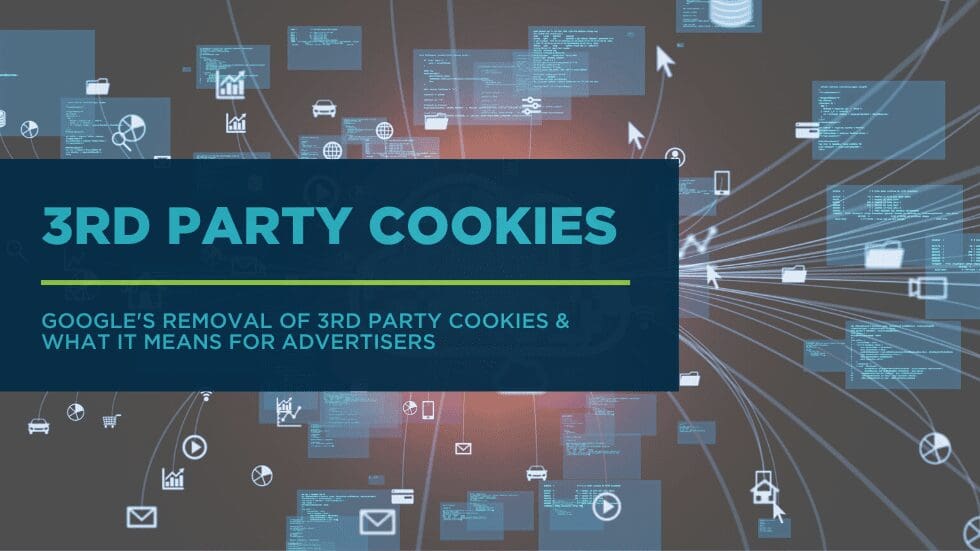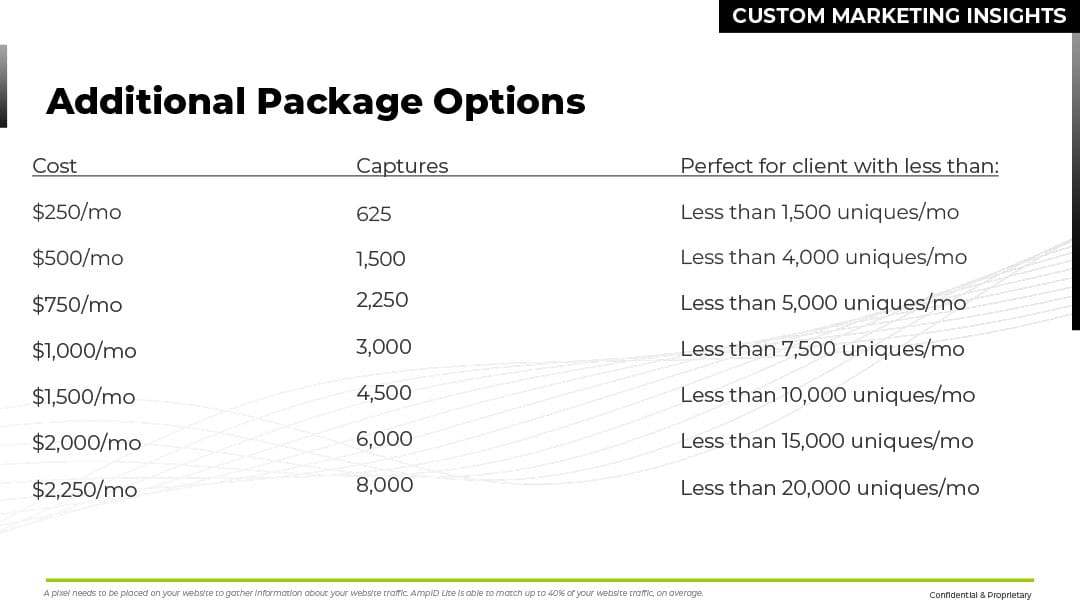What is happening?
In early 2020, Google announced that by 2022 they would begin blocking third-party cookies in Google Chrome web browsers as part of their Privacy Sandbox Initiative. In March 2021, they followed up this news by announcing that not only are they removing support for third-party cookies, but they will not be building “alternate identifiers to track individuals as they browse across the web.” First-party cookies will continue to be supported.
Wait, what’s a cookie?
A cookie is a small text file created by websites and stored on a user’s device. These files contain information about the user that can be quickly recalled on subsequent visits to the site.
Okay, so what’s the difference between third-party cookies and first-party cookies?
First-party cookies are cookies created by the domain that a user is currently visiting. These types are cookies are most often used to facilitate basic functions of websites such as collecting analytics data (counting page views, users, sessions, etc.) or remembering session details (privacy settings, shopping cart information, language preferences).
Third-party cookies are cookies created by a domain other than the one a user is currently visiting. These cookies are used for tracking users across sites to facilitate things such as ad serving or remarketing.
Why is Google doing this?
Google is phasing out third-party cookie support in Chrome browsers to make the web more private and secure for users.
How is this different from recent changes implemented by Safari and Firefox?
Functionally, this change is no different than what was implemented by those browsers, however, Google Chrome is the most popular web browser in the world, with around a 70% global market share. This means what previously impacted only a small portion of internet users, will now effectively impact all users, causing a significant change in how the internet operates.
What does this mean for advertising?
Much of what we know and love about programmatic advertising is made possible by using third-party cookies today. Third-party audience targeting, frequency capping, and campaign attribution are just a few of the key functions of digital media that are largely based on the usage of third-party cookies. This shift by Google will fundamentally change how much of the advertising ecosystem operates.
Since Google isn’t building a replacement for cookies, are they just giving up on ad targeting/tracking?
Nope. Though Google has stated they have no plans to build a replacement for individual-level tracking, they have been developing several technologies to replace the functionality of cookies. One such technology is their Federated Learning of Cohorts (FLoC) algorithm, which enables interest-based targeting without the use of cookies. FLoC works by clustering groups of thousands of users with similar interests into cohorts that can be used as the basis of targeting. The key difference here is that browsing data is stored locally, and only a “cohort ID” is shared with advertisers. Another technology in development is Turtledove, which is intended to provide a privacy-compliant method of behavioral targeting and remarketing.
What are other key players in the industry doing to deal with the demise of third-party cookies?
In addition to the solutions developed by Google, several other major players in the space are working to develop alternate identifiers that can replace the functionality of third-party cookies in user-friendly ways. The Trade Desk (TTD) has been leading the charge in the development of a cookieless identifier called Unified ID 2.0, which relies on verified logins to establish a targetable identity. Simultaneously, LiveRamp has developed a similar solution called IdentityLInk (IDL).There are several other identity initiatives in the works, but these two have built the most momentum, and are the most likely candidates for widespread adoption.
How do these new identifiers work?
Both TTD’s UID 2.0 and LiveRamp’s IDL are built on authenticated logins. When a user visits a site participating in one of these authenticated login solutions, they are prompted to provide their email address to log in or view content. From there the email address is converted into an encrypted, addressable ID.
How are these solutions more privacy-friendly than cookies?
UID and IDL have both been designed with privacy in mind first. According to TTD, UID2.0 has been designed with three primary goals in mind: Anonymization, Greater Control for Users, and Greater Transparency.
- Anonymization: A person’s UID 2.0 contains zero information about who they are in the real world. Rather, a person’s UID 2.0 is a string of numbers and letters that cannot be reverse-engineered to an email address or any other form of identification. The UID 2.0 system also has no central storage of the mapping of UID 2.0’s to emails (there is no notion of ‘state’).
- Greater control for users:UID 2.0 allows consumers to log in and monitor and adjust how their data is being used.
- Greater transparency:When consumers opt-in, it allows publishers and advertisers to give them a more personalized experience. It also allows many publishers to provide consumers free access to their websites, because of the value of the advertising. UID 2.0 will also better communicate this value exchange with consumers in a way that never consistently happened with cookies.
These are the core principles that have driven the creation of LiveRamp’s IDL.
What is Amplified Digital doing to prepare for these changes?
Amplified Digital is actively involved in tests of multiple cookie-less identifiers, including both TTD’s UID 2.0 and LiveRamp’s IDL. We’re confident that these new identifiers along with Google’s FLoC and Turtledove solutions will allow us to continue offering the same digital features and products that have historically relied on cookies.
With the shift away from third-party cookies, the industry as a whole will take a hit in terms of the scope of third-party data that will be available for targeting, but this will result in the reemergence and revitalization of non-cookie-based strategies such as contextual and IP targeting.
What can advertisers do to prepare for the change?
With the shift away from the overreliance on third-party data, shoring up internal first-party efforts. Focus on collecting first-party data from your audience where possible, and work with partners who can assist in these efforts by offering ease of audience activation. Augmenting your first-party data through independent partnerships will also be essential.



